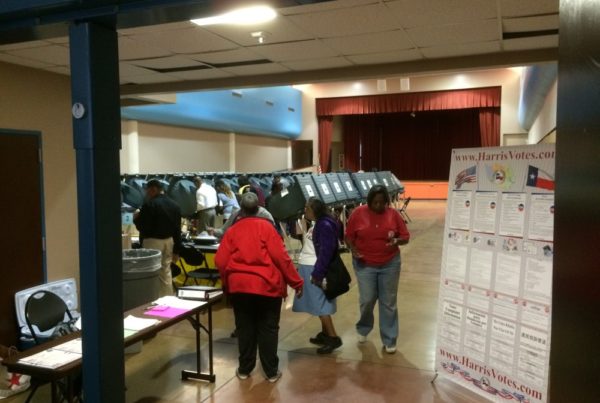From Texas Public Radio:
Just west of downtown San Antonio, the Bexar County jail looms like a fortress. It’s a seven-story building of stained concrete floors, white cinder block walls and brown heavy steel doors that shut and lock with a certainty. It’s an unforgiving place, but it needs to be. It’s built to hold not-nice people against their will.
On any given day more than 4,000 inmates are captive, making it the 16th largest county jail in America. More than 800 of them are dealing with diagnosed mental issues. The challenge for the jail is how to keep the inmates safe when some are determined to kill themselves.
“From the magistrate’s office they are brought in here,” Lt. Mark Padilla says with a gesture. Finding out who is likely to self-harm is their first challenge.
“They are asking four questions. Have you ever been under mental health care? Do you take any medication? Have you ever seen a doctor for mental health problems? And do you feel suicidal?”
Those questions are asked four times during booking. In booking it’s loud – chaotic and with bright fluorescent lights. The inmates are handcuffed and shackled. Many of these men and women know the routine. But for the first-timers like Richard, this is a nightmare.
“I’m scared to death!” Richard says.
Richard says he never thought he’d end up in jail. He works as a security guard and has been an evidence tech. He says he’s in jail because his brother is accusing him of assault, a charge he flatly denies.
“Don’t you need some evidence? The police found no evidence I did the crime.”
Richard is like the majority of the people housed in jail. He hasn’t been found guilty. Most people here are awaiting trial or the resolution of their cases. Others have been convicted and given short sentences, had probation revoked or are waiting to be transferred to state prison.















